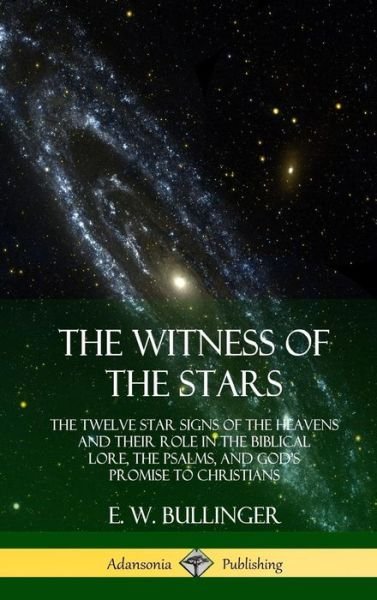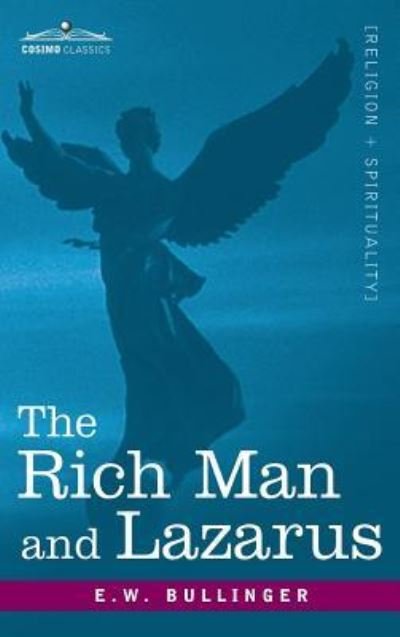
Tell your friends about this item:
Sheol and Hades
E W Bullinger
Sheol and Hades
E W Bullinger
The Hebrew Sheol and its Greek equivalent Hades require careful study as few words are more obscured in our English Versions of the Bible then these two. This is so because of the various ways in which they are treated in translation. The two words have different etymologies, yet they are identical in their use in Holy Scripture. Sheol belongs to the Hebrew Bible, and is coined, so to speak, by the Holy Spirit Himself. It can be understood only by observing the way in which He has used it in the Scriptures; learning from there we can discover the meaning which He has Himself given it. However, the Greek Hades is different. It had a history and a meaning long before it was used by the Holy Spirit in the New Testament. Hades comes to us with all its associations in Greek literature and, in particular, its connection with heathen Mythology. It comes pervaded and permeated with all its heathen traditions. However, when we consider it in the New Testament, all of these must be discarded, and set forever aside. In the New Testament, Hades represents the Old Testament word Sheol. Hence in New Testament it can mean only what its Hebrew equivalent (Sheol) means in the Old Testament. In his usual through and detailed style the author does an excellent job in explaining and clarifying these two words, touching upon every occurrence of each in the Scriptures.
| Media | Books Paperback Book (Book with soft cover and glued back) |
| Released | March 16, 2019 |
| ISBN13 | 9781783645534 |
| Publishers | Open Bible Trust |
| Pages | 76 |
| Dimensions | 152 × 229 × 4 mm · 113 g |
| Language | English |

 Christmas presents can be returned until 31 January
Christmas presents can be returned until 31 January





























